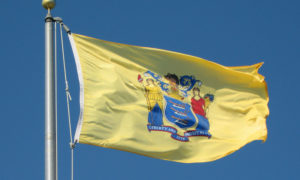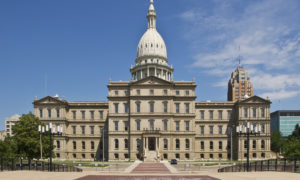ith the legalization of recreational sales, the cannabis industry is undergoing a makeover to appeal to a new and growing consumer demographic.
There are still plenty of drab, boxy-looking dispensaries with bars that cover the windows, neon green crosses and weed flags hung for all to see. But for the first-time user, the curious patient who’s searching for holistic healing or the soccer mom interested in alternative methods of relaxation, these establishments may not extend a warm welcome. Hence, the shift in approach to architecture and design that many cannabis businesses are making to create attractive and, in some cases, downright lovely dispensary spaces.
Denver-based Cannabrand, which bills itself as “The World’s First Cannabis Marketing Agency,” serves over 100 clients and has been integral in this push to change the public face of the marijuana industry. Olivia Mannix co-founded the business in 2014 with just one mission: to “rebrand cannabis.”
“Before it was illegal, and [then] the marketing, packaging and dispensaries were not appealing to a consumer market, so we saw a need,” says Mannix. “We decided to start an agency to help them with their packaging, interior design, etc. The last four to five years, the industry has really come a long way. People really need to spend money and invest in the messaging because people buy into a brand.”
Since marijuana has been proven to serve patients well in the medical arena, the dispensary experience should reflect the same consultation opportunities, professionalism and atmosphere that you can expect from a doctor’s office, she says.
“If it’s advertised as a medical product, it should be clean, safe and well-positioned for people to want to try,” Mannix explains. “It’s good to have flow, design that’s inviting and inclines people to purchase, as well as having a knowledgeable staff.”
Link – CSINDY






































